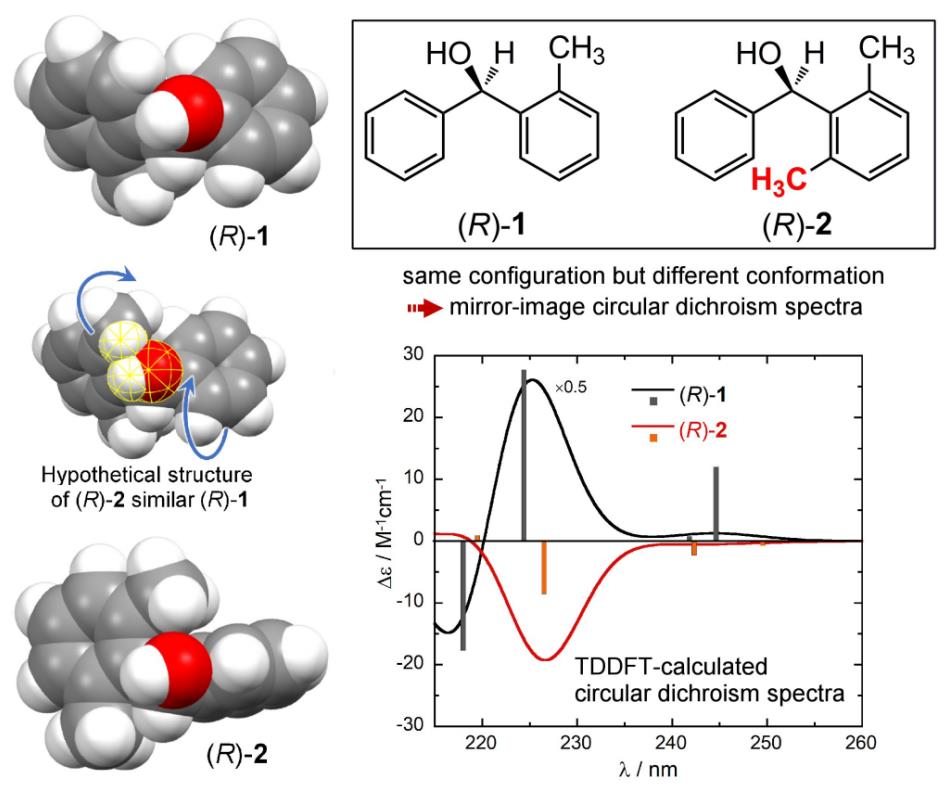Application of Circular Dichroism Spectroscopy in Small Molecule Research
Circular Dichroism (CD) spectroscopy has emerged as an indispensable tool for studying small molecule chirality and screening for small molecule drugs bound to proteins or DNA. Creative Biostructure offers a specialized service in leveraging CD spectroscopy to illuminate the intricacies of small molecules. Our comprehensive suite of analyses empowers researchers and industries to unravel the mysteries of molecular structures and interactions.
Significance of CD Spectroscopy in Small Molecule Studies
The chirality of small molecules can have profound effects on their properties and interactions. Circular dichroism spectroscopy capitalizes on the differential absorption of left- and right-circularly polarized light by chiral molecules. This technique provides researchers with a window into the secondary structural characteristics of molecules, giving crucial information about their conformational changes, folding, and interactions with other molecules.
In small molecule studies, CD spectroscopy is employed to determine the absolute configuration of chiral compounds, unravel changes in secondary structures due to environmental variations, and monitor binding interactions with other molecules, such as proteins, nucleic acids, and ligands. With simple manipulation and low sample volume requirements, CD spectroscopy plays an important role in the study of small molecules, providing valuable insights into their structure, conformation, interactions, and optical properties.
In addition, the most common mechanism of action of small molecule drugs is by binding to receptors on the cell surface, in the nucleus, or in the cytoplasm. The study of the properties of small molecules and their interactions with proteins and DNA is of great importance in the fields of medicine, pharmacology, and biology.
 Figure 1. Circular Dichroism spectra of compounds with different conformations. (Padula D, et al., 2018)
Figure 1. Circular Dichroism spectra of compounds with different conformations. (Padula D, et al., 2018)
How to Study Small Molecule Using CD Spectroscopy
- Sample Preparation: Small molecule samples are prepared in a suitable solvent at an appropriate concentration.
- Instrument Setup: The CD spectrometer is calibrated and set up according to the experimental requirements.
- Spectral Acquisition: CD spectra are recorded by scanning through a range of wavelengths while measuring the difference in absorbance between left and right circularly polarized light.
- Data Analysis: The acquired spectra are analyzed to extract information about the molecule's secondary structure and interactions.
What Can We Offer?
With experienced scientists in CD spectroscopy, Creative Biostructure offers the following CD spectroscopy applications for small molecule research:
-
Assisted Screening in New Drug Research
Since the ICD peak above 300nm can be used to analyze the strength of the drug binding to DNA quantitatively, Circular Dichroism can be applied to screen DNA-targeted drugs that interact with DNA. In addition, the strength of ICD can be used to distinguish the combination of compounds with similar structures and DNA to be used for the screening of related drugs and the optimization of structures. -
Binding Sequence Studies
There is sequence specificity in the interaction between many small molecular compounds and DNA. Due to the interaction between characteristic bases and subtle differences in geometric configuration, the DNA of different sequences has different Circular Dichroism spectra. After interacting with characteristic small molecule compounds, the sequence preference of small molecule compounds binding to DNA can be inferred through the change of ICD spectrum. -
Molecules Interaction Analysis
Circular dichroism chromatography can be used to detect the interaction between small molecular compounds and DNA. This detection method has the advantages of sensitivity, rapidity, and a small amount of sample required for detection.
Advantages of Our Service
Our CD spectroscopy service offers a comprehensive solution for small molecule researchers seeking to gain deep insights into their compounds. Here's what sets our service apart:
- Expert Team: Our team of experienced scientists specializes in CD spectroscopy and its applications in small molecule research.
- Cutting-edge Equipment: We utilize the latest CD spectrometers that provide high sensitivity and resolution, ensuring accurate data collection.
- Customized Approaches: We tailor our experimental setups to the unique requirements of each small molecule, ensuring reliable and meaningful results.
- Data Interpretation: Beyond data collection, we offer in-depth analysis and interpretation, helping you draw meaningful conclusions from the obtained CD spectra.
With our wealth of experience in circular dichroism, Creative Biostructure can offer customers highly reliable spatial structure information for small molecules. We collaborate closely with researchers, offering insights, suggestions, and guidance throughout the research process. Please feel free to contact us for a detailed quote if you're interested in our services.
Ordering Process
References
- Miyahara T, Nakatsuji H, Sugiyama H. Helical structure and circular dichroism spectra of DNA: A theoretical study. The Journal of Physical Chemistry A. 2013, 117(1): 42-55.
- Gekko, K. Carbohydrate Circular Dichroism. Encyclopedia of Biophysics. Springer, Berlin, Heidelberg. 2018, 214-216.
- Padula D, Pescitelli G. How and how much molecular conformation affects electronic circular dichroism: The case of 1, 1-diarylcarbinols. Molecules. 2018, 23(1): 128.
